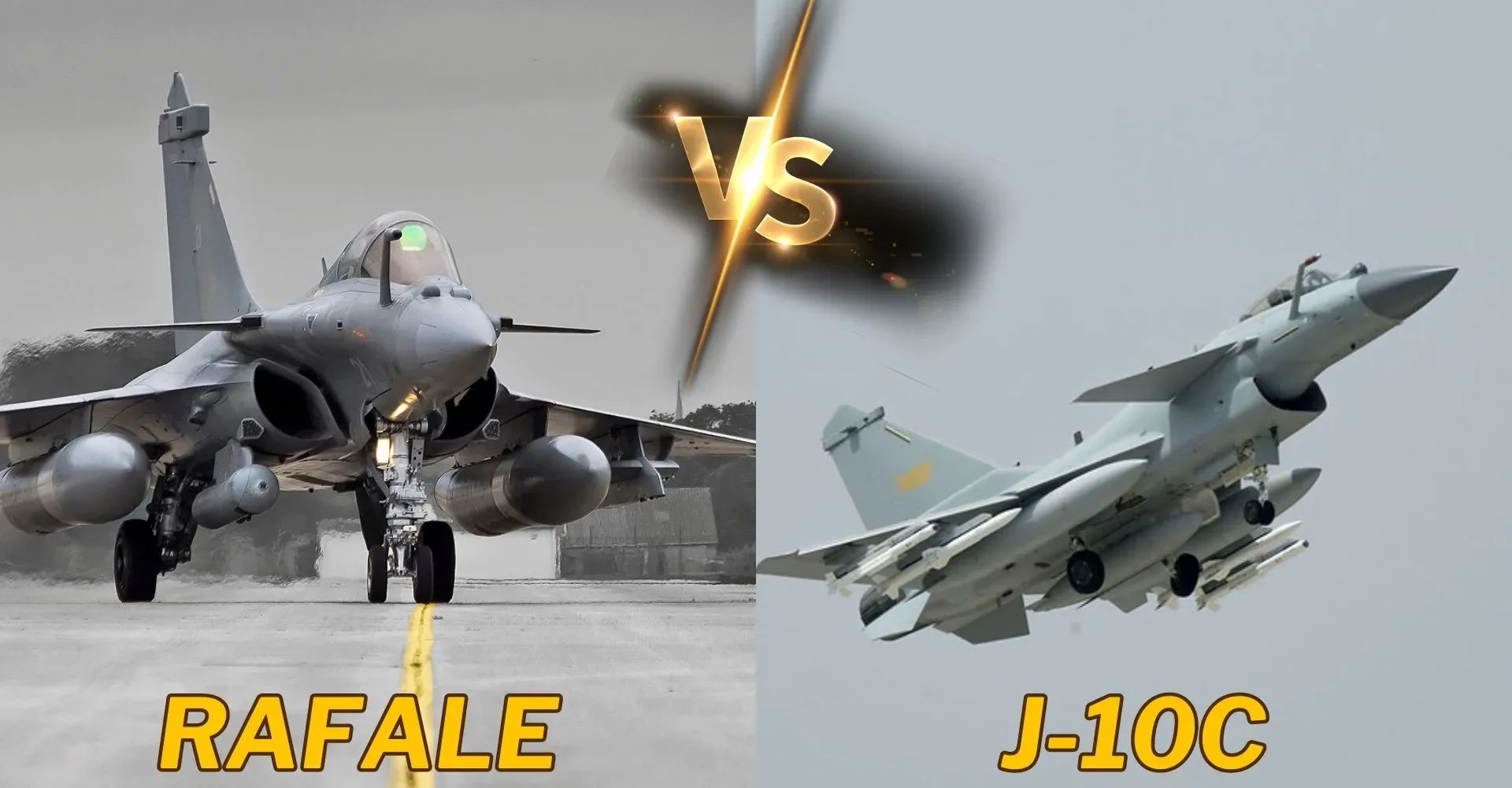In the ever-evolving world of military aviation, the J-10C and Dassault Rafale fighter jets have emerged as formidable contenders. Developed by Chengdu Aircraft Industry Group in China and Dassault Aviation in France respectively, these advanced fourth-generation aircraft have garnered significant attention in recent years. In this article, we will conduct a detailed comparative analysis of J-10C vs Rafale, their features, capabilities, and potential in real combat.
Follow us on Google News to get the latest defense news and analysis
The Rafale and J-10C are both highly capable fighter jets designed to excel in various missions, including air superiority, ground attack, and reconnaissance. Let’s take a closer look at their specifications and unique features.
Rafale vs J-10C, Design and Features:
The Rafale features a delta wing design with canards, which provides excellent maneuverability and agility. With a length of 15.30 meters, a wingspan of 10.90 meters, and a maximum takeoff weight of 24.5 tons.
Russia’s next-generation ‘Centurion’ combat suit of the future
On the other hand, the Chinese jet has a conventional delta wing design with canards, yet it boasts impressive maneuverability. With a length of 15.49 meters, a wingspan of 9.75 meters, and a maximum take-off weight of 19.3 tons.
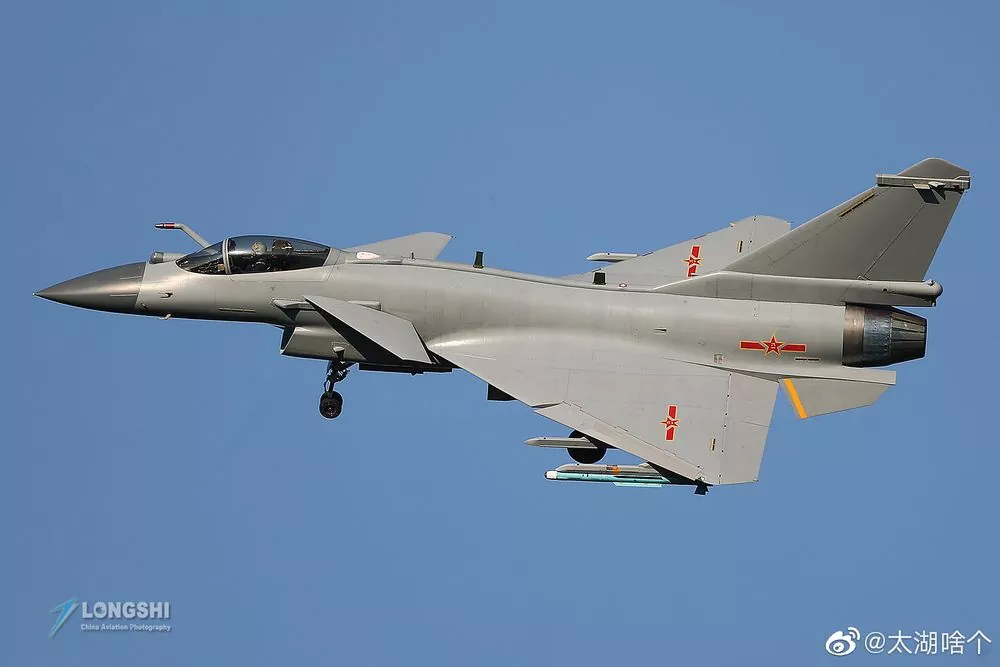
In comparison to the active service of J-10 vs Rafale; the Rafale project was launched in the mid 1970s and the jet entered service with French forces in 2004. While the J-10 program began in the mid 1980s and the fighter jet entered service with PLAAF in 2005.
Performance and Capabilities of J-10C vs Rafale:
Engines:
The Rafale is powered by two Snecma M88-2 turbofan engines, which provide a total thrust of 150 kN (33,700 lbf) and has a max speed of Mach 1.8.. The engines have afterburners and provide excellent acceleration and maneuverability. The aircraft also has a digital fly-by-wire flight control system, which makes it highly maneuverable and responsive.
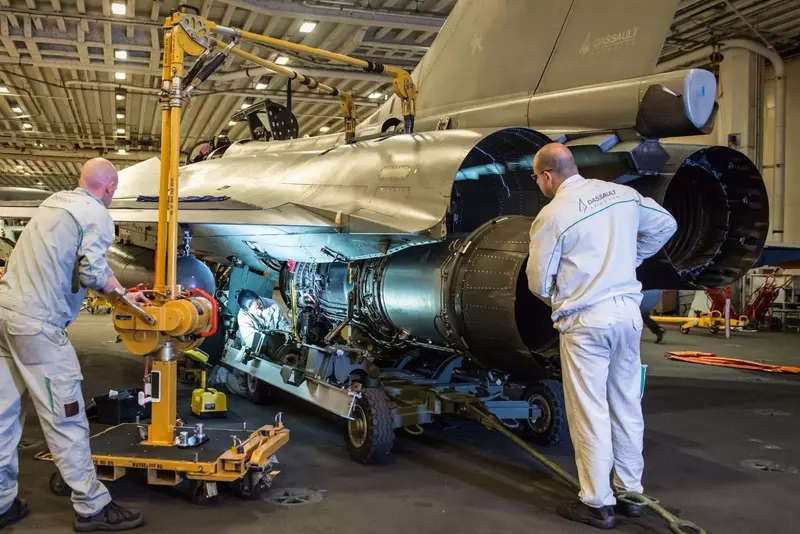
The J-10 fighter is powered by a single Saturn AL-31FN series 3 engine, providing 13.5 tons of thrust, and has a top speed of Mach 2.2.
Also Read:
The latest variants of J-10 which is J-10C aircraft are also powered by a single WS-10 Taihang turbofan engine, which provides a thrust of 13,500 kgf (29,800 lbf). The engine has afterburners and provides good acceleration and maneuverability. The aircraft also has a digital fly-by-wire flight control system, which makes it highly maneuverable and responsive.
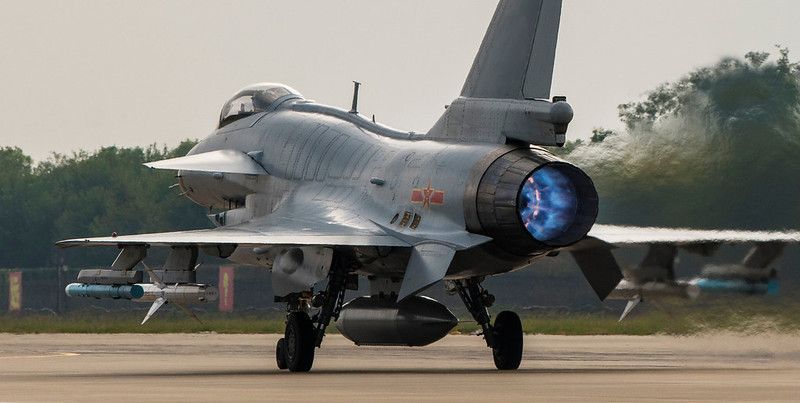
Range and endurance of J-10 vs Rafale:
The Rafale has a range of 3,700 km (with external fuel tanks) and can stay in the air for up to 9 hours with aerial refueling. The aircraft has excellent fuel efficiency and can operate at long ranges without needing to refuel.
The Vigorous Dragon has a range of 2,940 km (with external fuel tanks) and can stay in the air for up to 3 hours and 30 minutes.
Speed and altitude:
In comparison of Rafale fighter jet vs J-10C: the Rafale can reach speeds of up to Mach 1.8 (1,390 mph, 2,237 km/h) at high altitude and has a maximum altitude of 50,000 feet (15,240 meters). The aircraft is highly maneuverable at high speeds and can quickly change direction and altitude.
The PLAAF fighter can reach speeds of up to Mach 2.2 (1,700 mph, 2,735 km/h) at high altitude and has a maximum altitude of 60,000 feet (18,290 meters). The aircraft is also highly maneuverable at high speeds and can quickly change direction and altitude.
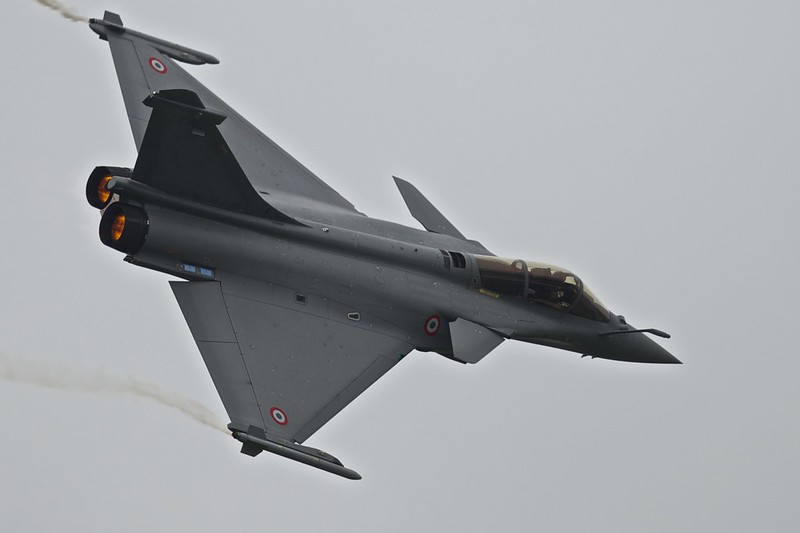
The Rafale and J-10C fighters have distinct advantages in terms of performance. The Rafale has a higher maximum takeoff weight, allowing it to carry more fuel and weapons, resulting in a longer combat range. It also has a higher service ceiling, which refers to the maximum altitude it can reach, making it more capable in high-altitude environments. Additionally, the Rafale’s engines are more powerful, providing better acceleration and climb rate.
On the other hand, the J-10C has a higher top speed, enabling it to achieve faster speeds during combat maneuvers. The aircraft has much lower radar cross-section than its earlier variants which enhance its stealth capabilities. The aircraft is also known for its integrated electronic warfare suite, which provides advanced jamming and countermeasures capabilities, making it more effective in electronic warfare scenarios.
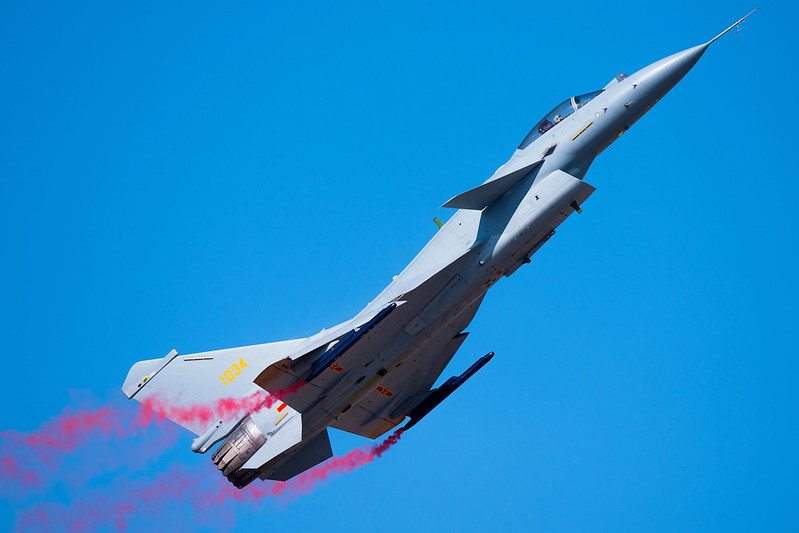
Both aircraft are equipped with advanced avionics, including radar, sensors, and electronic warfare systems, enabling them to detect, track, and engage targets with precision. They also offer a wide range of weapons options, such as air-to-air missiles, air-to-ground missiles, and bombs, making them versatile in various combat scenarios.
Rafale vs J-10C: Avionics Comparison:
J-10C vs Rafale; both boast advanced avionic capabilities, but there are some key differences between them. Here’s a comparison:
Radar Systems:
Both aircraft feature advanced AESA radar systems, offering long-range detection and tracking capabilities. The Rafale’s Thales RBE2 radar provides exceptional performance in terms of resolution, range, and multi-target tracking capabilities. The J-10C’s Type 1475 AESA radar is also advanced, but specific performance details are limited due to less or no publicly available information.
Sensor Fusion:
Both aircraft employ sensor fusion techniques to integrate data from multiple sensors for enhanced situational awareness. The Rafale’s sensor fusion capabilities are well-known, with its avionics system effectively integrating data from radar, IRST, EW, and other sensors. The Chinese jet also has advanced sensor fusion capabilities, though detailed information is limited.
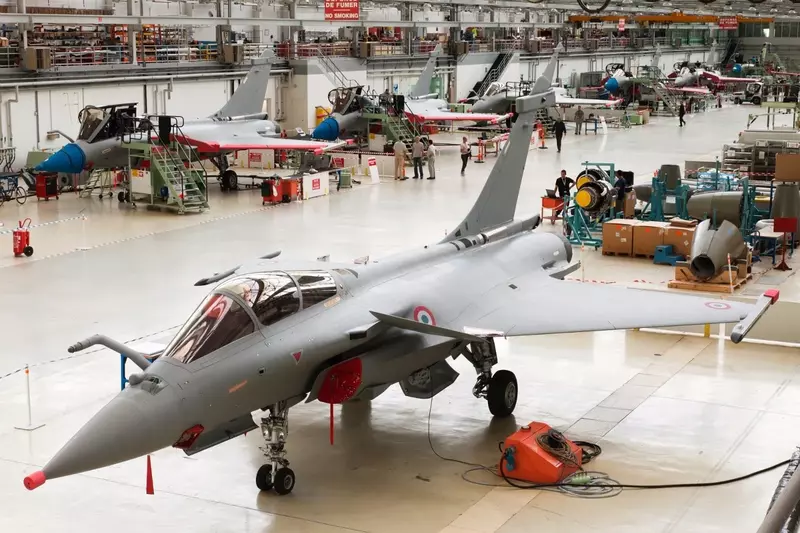
Electronic Warfare Suite:
Both the Rafale and J-10C are equipped with advanced electronic warfare (EW) suites for jamming enemy radars, deceiving incoming missiles, and protecting against electronic threats. The Rafale’s SPECTRA internal EW suite is known for its advanced capabilities, while specific details of the J-10C’s EW suite are limited.
Communication Systems:
Both aircraft feature advanced communication systems for seamless communication with ground-based assets and other friendly forces. The Rafale’s communication systems are well-established, offering secure data links and voice communication capabilities. China’s fighter jet communication systems are also advanced, though specific details are limited.
Rafale vs J-10C Comparison; Weapon Systems:
Missiles:
The Rafale is equipped with a range of missiles, including the MICA, Meteor, SCALP, HAMMER, and AM-39 Exocet. The MICA is a short- to medium-range air-to-air missile with both infrared and radar seekers, while the Meteor is a longer-range air-to-air missile with an active radar seeker. The SCALP is a stand-off cruise missile designed for precision strikes against ground targets and HAMMER is ‘Highly Agile and Maneuverable Munition Extended Range’ modular air-to-ground precision guided weapon series while the Exocet is an anti-ship missile.
The J-10C fighter jet, on the other hand, in air-to-air combat is equipped with the PL-8, PL-10, PL-12, SD-10A and PL-15 missiles. The PL-10 is a short-range high off-boresight air-to-air missile with an infrared seeker, while the PL-12 is a medium-range air-to-air missile with an active radar seeker. The PL-15 is a long-range active radar guided highly advanced air-to-air missile. It has an AESA radar seeker with a range of 145+ km. It is comparable to the most advanced air-to-air missiles of the US Army’s AIM-120D and French Meteor.
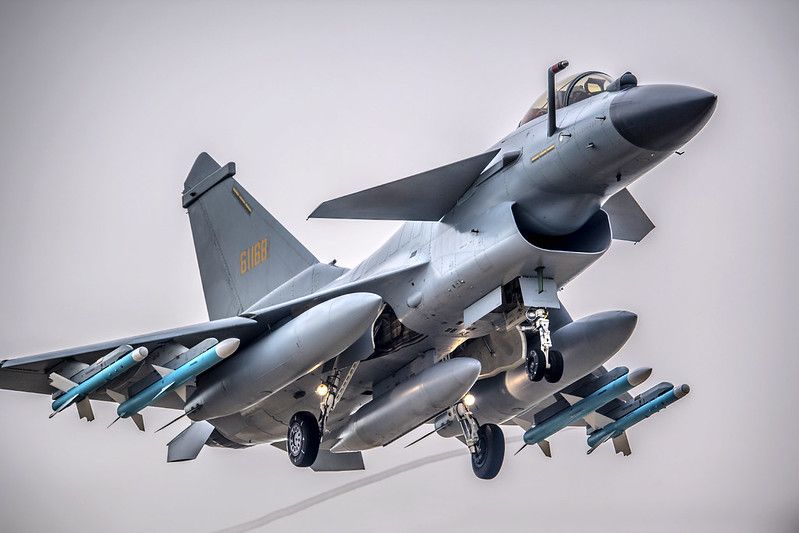
Guns:
Both the Rafale and J-10 are equipped with cannons for close-range combat. The Rafale is equipped with a Nexter 30M791 internal cannon having a firing capacity of 2500 rounds/min, while the J-10 has a Gryazev-Shipunov GSh-23 23mm cannon.
Bombs:
The Rafale has a wide range of bombs available, including the GBU-12 Paveway II, GBU-22 Paveway III, GBU-24 Paveway III, GBU-49 Enhanced Paveway II, AASM Hammer, AS-30L, ANF-1, BEL 1000, and BLG 66 Belouga. These bombs are used for precision strikes against ground targets.
The J-10 is equipped with a variety of bombs as well, including the LS-6 precision-guided bomb, LS-6 glide bomb, LT-2 laser-guided bomb, YJ-9E anti-ship missile, and YJ-91 anti-radiation missile.
J-10C vs Rafale, Price comparison:
The cost of a single Rafale jet is estimated to be around $100 million, making it one of the most expensive 4th generation fighter jets in the world. The J-10C price, on the other hand, is estimated to be around $40-50 million per unit, significantly cheaper than the Rafale.
Rafale is significantly more expensive than the Chinese counterpart, it has been more successful in the export market due to its advanced technology and reputation for reliability. The export of both these fighter jets has geopolitical implications and can have significant strategic implications for the countries involved. Ultimately, the decision to purchase either the Rafale or J-10C will depend on a country’s specific needs, budget, and geopolitical considerations.
J-10C vs Rafale Comparison of Combat Capabilities:
Air-to-Air Combat:
In air-to-air combat, both Rafale and J10C are unique according to the mission requirements. The Rafale is equipped with advanced radar and avionics systems, which provide it with superior situational awareness and the ability to detect and track multiple targets simultaneously. It is also equipped with long-range missiles like the Meteor, which can engage targets at a range of up to 150 kilometers.
The J10C, on the other hand, is equipped with the PL-15 missile, which has a range of around 145+ kilometers. PL-15 missile is considered as the most advanced air-to-air missile in the world with AESA radar seeker. The missile surpasses the French Meteor and American AIM-120D in terms of performance, range, and kill probability.
Air-to-Ground Combat:
In air-to-ground combat, both aircraft are highly capable. The Rafale is equipped with a wide range of precision-guided munitions, including the SCALP-EG cruise missile, which has a range of up to 250+ kilometers. It is also equipped with laser-guided bombs and other precision-guided munitions, which allow it to strike targets with a high degree of accuracy.
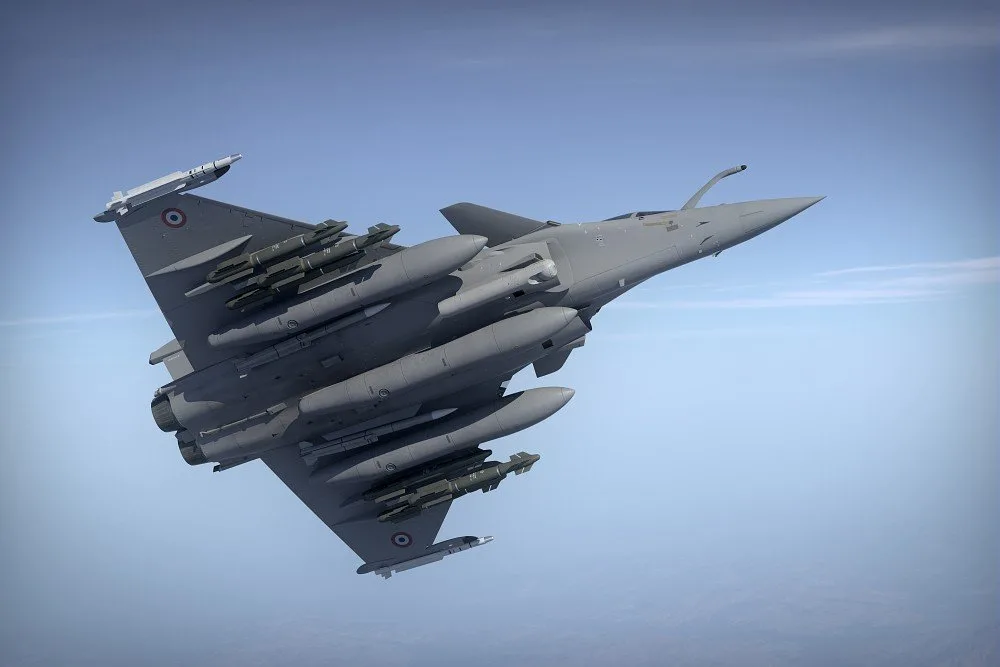
The J10C is also highly capable in air-to-ground combat, with the ability to carry a wide range of precision-guided munitions. However, its range is limited compared to the Rafale.
Electronic Warfare of Rafale vs J-10C:
In electronic warfare, the Rafale has a significant advantage over the J10C. It is equipped with advanced electronic countermeasures and jamming systems, which allow it to disrupt enemy communications and radar systems. It is also equipped with a highly advanced SPECTRA internal electronic warfare suite, which provides it with superior situational awareness and the ability to detect and track enemy aircraft and missiles.
The J10C, on the other hand, is equipped with an advanced electronic warfare suite, which provides the aircraft with jam resistant performance in densely air defense environments.
Export comparison of Chengdu J-10 vs Rafale:
In terms of export, both France and China have been actively promoting their fighter jets to potential buyers. However, the export of the Rafale has been more successful than that of the J-10C due to its advanced technology and reputation for reliability. India, Egypt, and Qatar are among the countries that have purchased the Rafale, while Pakistan and Myanmar have purchased the J-10C.
The export of both the Rafale and J-10C has geopolitical implications. The export of advanced military technology can have significant strategic implications, both for the countries selling the technology and for the countries that acquire it. The export of the Rafale to India, for example, has strengthened France’s relationship with India and helped to counterbalance China’s influence in the region. The export of the Chengdu J-10CE (the export variant of J-10) to Pakistan, on the other hand, has raised concerns in India and other countries in the region about China’s growing military influence. Pakistan, another adversary of India also used CAC/PAC JF-17 Thunder which is a joint venture between China and Pakistan.
J-10C vs Rafale Comparison Chart:
| J-10C Specifications | Dassault Rafale Specifications |
| Length = 15.49 meters | Length = 15.30 meters |
| Wingspan = 9.75 meters | Wingspan = 10.90 meters |
| Max Take-off Weight = 19.3 tons | Maximum Take-off Weight = 24.5 tons |
| Single Engine | Double Engine |
| Digital Fly-by-wire Flight Control System | Digital Fly-by-wire Flight Control System |
| Max Speed = 2.2 Mach | Max Speed = 1.8 Mach |
| Max Range = 2940 km | Max Range = 3700 km |
| Max Altitude = 60,000 ft | Max Altitude = 50,000 ft |
| Radar = Type 1475 AESA | Radar = RBE2 AESA |
| Long-Range Air-to-Air Missile = PL-15 | Long-Range Air-to-Air Missile = Meteor |
| PL-15 Max Operational Range = 200-300 km | Meteor Max Operational Range = 200 km |
| J-10C Cost = $40-50 million | Rafale Price = $100 million |
Applications and Strategic Importance:
With Regards to J-10C fighter vs Rafale, both these jets have different strategic implications for their respective countries. The Rafale serves as a crucial component of France’s air defense strategy, as it is their primary multirole fighter jet, capable of conducting a wide range of missions including air-to-air combat, ground attack, and reconnaissance. It is also used by the French Navy for carrier-based operations, adding to its versatility and strategic importance for France’s military capabilities.
On the other hand, the Vigorous Dragon is a key asset for the People’s Liberation Army Air Force (PLAAF) of China, serving as a mainstay of their fighter fleet. It is seen as a symbol of China’s efforts to develop advanced indigenous military technology and reduce its reliance on imported fighter jets. The aircraft is also considered crucial for China’s regional defense strategy, particularly in the disputed South China Sea region.
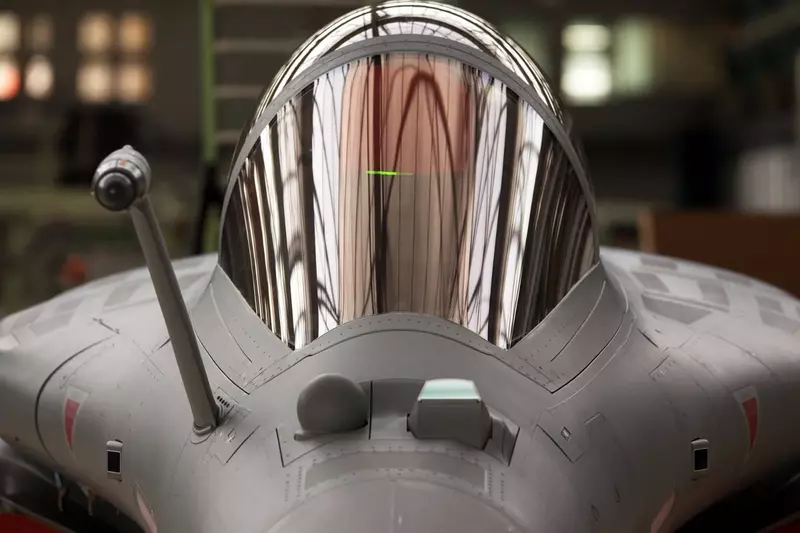
When comparing the two aircraft (J-10C vs Rafale), it’s important to note that while the Rafale has been in service since 2001 and has been exported to several countries, the J-10C is a relatively newer aircraft that was introduced into service in 2018. However, the fighter jet has benefited from advancements in Chinese military technology and has been continuously upgraded with improved avionics, engines, and weapons systems, making it a formidable opponent in the modern battlefield.
Analysis:
Both the Rafale and J10C are highly capable fighter jets with advanced weapons and avionics systems. However, the Rafale has a clear advantage over the J10C in terms of air-to-air combat, electronic warfare, and long-range strikes. The J10C, on the other hand, is highly capable in air-to-ground combat and is a formidable adversary in the right hands. Ultimately, the outcome of any conflict between these two aircraft will depend on a range of factors, including the pilots’ skill and the mission scenarios.
In conclusion to the J-10C vs Rafale, both are advanced fighter jets with unique features, capabilities, and strategic implications for their respective countries. The Rafale, developed by France, excels in terms of its maximum takeoff weight, service ceiling, and engine power, while the J-10C, produced by China, boasts a higher top speed, larger internal weapons bay, and advanced electronic warfare capabilities. Both aircraft have been utilized in various missions and hold strategic importance for their countries’ defense strategies. It’s worth mentioning that the ultimate effectiveness of these fighter jets would also depend on various factors such as training, tactics, support systems, and overall operational context.
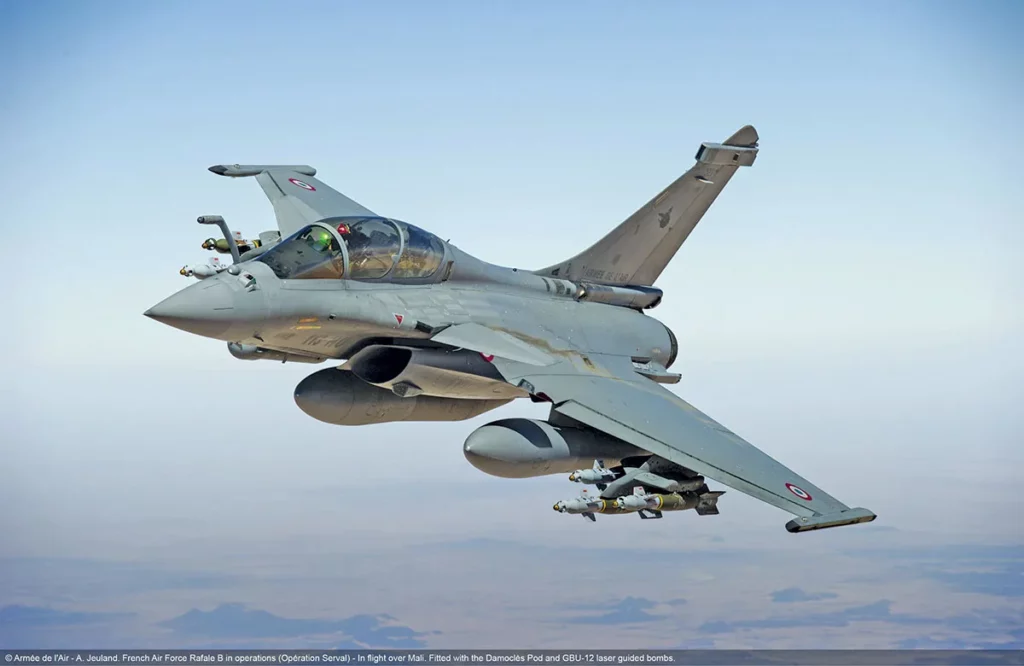
It’s important to note that a direct comparison, J-10C vs Rafale may not be entirely accurate, as it would depend on various factors such as specific mission requirements, operational environments, and the overall capabilities of the respective air forces operating these aircraft. Nevertheless, the continuous development and advancement of these fighter jets highlight the ongoing global competition in military aviation and the pursuit of cutting-edge technology to enhance defense capabilities.
Quick Info:
Which one is better: Rafale or J-10C?
Both J-10C and Rafale are highly capable fighter jets based on their avionics and weapons package. J-10CE pitched against the Eurofighter Typhoons in the Zilzal-II exercise by Pakistan in Qatar in January-2024. while Rafale takes part in some combat missions in the Middle East, and Mali. By analyzing this data, which is not enough to make a decision on which one is a better fighter jet.
Is J-10C a good fighter jet?
J-10C, a Chinese technology marvel, with its cutting-edge AESA radar, long range PL-15 BVR missile is the backbone of one of the world’s largest People Liberation Army Air Force.
Is j10c better than rafale?
No, Rafale is better than J-10C on paper. What forces us to say this is Rafale is used in combat missions but J-10C is not used in any real combat. So it’s not much we can say about these fighter jets.
Which is better: Rafale or F 18?
Dassault Rafale with its more advanced avionics and sensor suite is better than F-18 Super Hornet. Rafale fighter jets are more lethal and have the most powerful AESA radar.
What is the difference between J-10C and F-16?
J-10C uses core Chinese technology while F-16 is American technology. J-10C uses Chinese origin AESA radar while F-16 block 70 uses American origin AESA radar. J-10C is the backbone of the PLA Air Force while F-16 is the backbone of the US Air Force.


